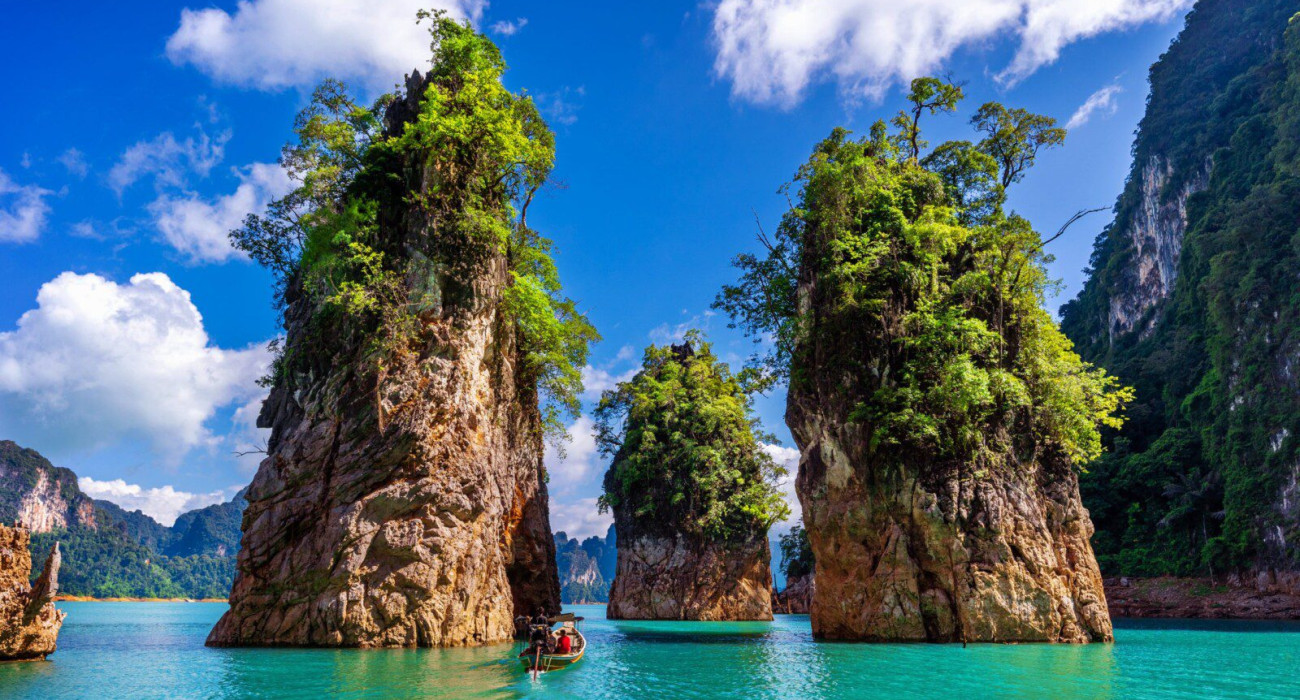Introduction: A New Geography of Wanderlust
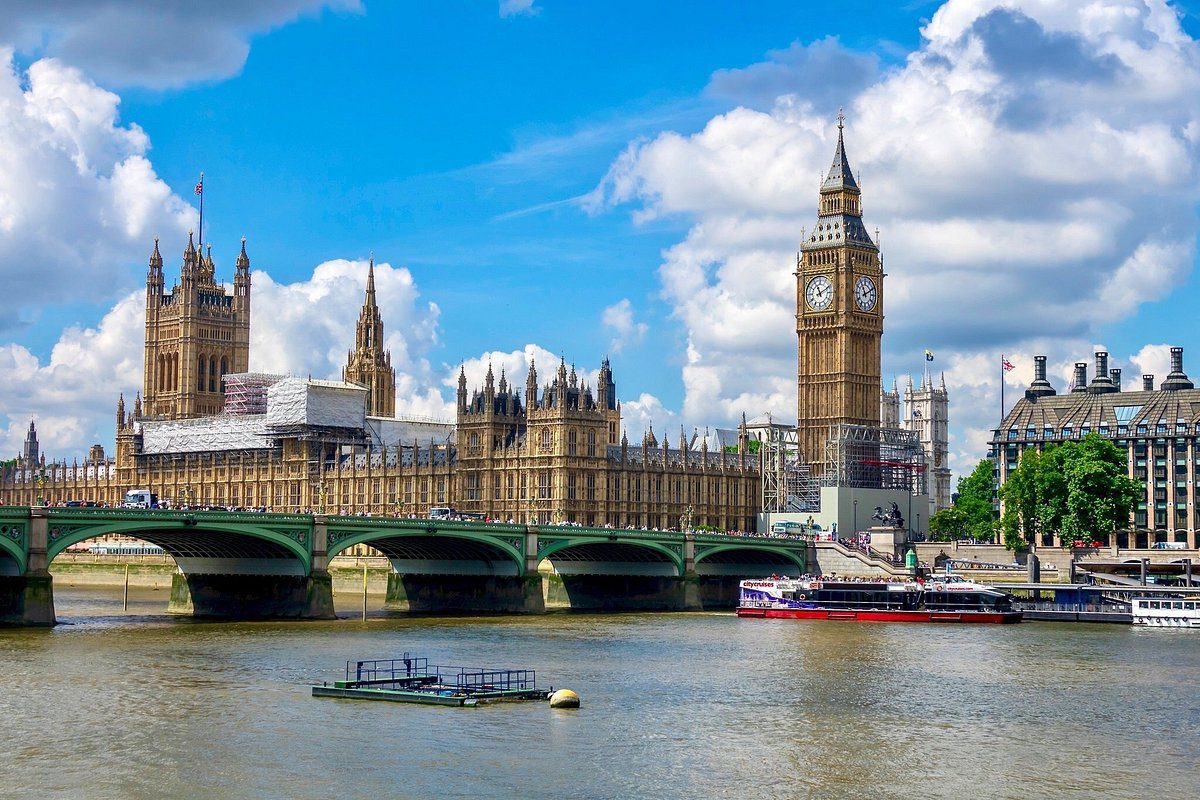
Global weather patterns are rewriting the travel map. As the planet warms and traditional vacation zones face extreme conditions, new destinations are stepping into the spotlight. From cooler northern escapes to high-altitude retreats, climate-driven travel hotspots are emerging worldwide — reshaping how we plan, where we go, and when we explore.
This evolution isn’t just about novelty; it’s a story of adaptation and resilience. Understanding climate-driven travel hotspots helps travelers make smarter, more sustainable choices while giving local communities a chance to thrive responsibly. Let’s explore seven ways the climate shift is redrawing the boundaries of global tourism.
1. Cooler Regions Rising in Popularity
As record-breaking heat scorches traditional summer destinations, cooler countries are enjoying a surge of visitors. Scandinavia, Canada, and northern Scotland are now summer favorites, offering mild temperatures and breathtaking landscapes.
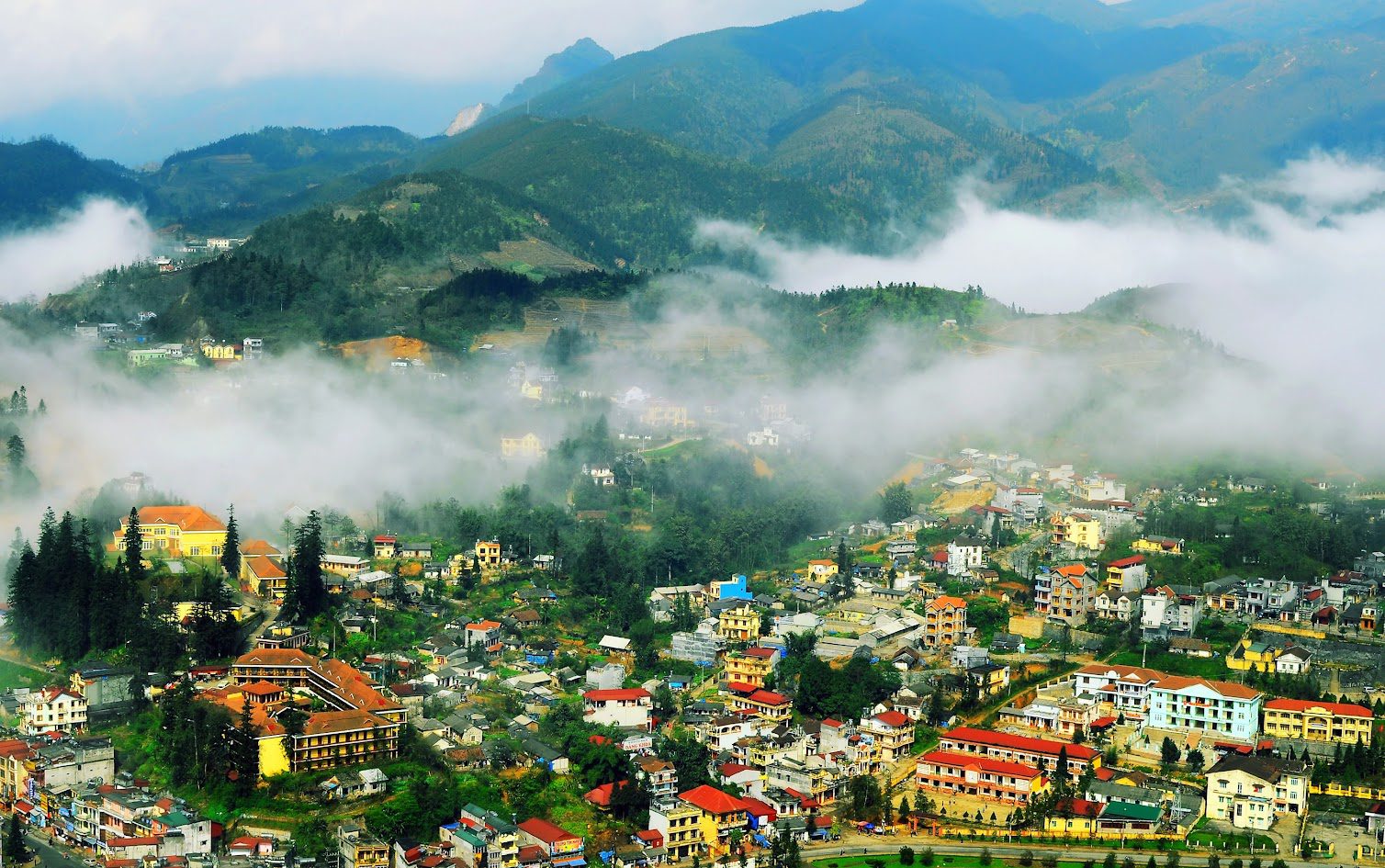
According to The Wall Street Journal, travel bookings to Norway and Iceland have spiked by over 30% as travelers seek comfort in cooler climates (source).
These destinations illustrate how climate-driven travel hotspots are shifting northward — where clean air, extended daylight, and lush greenery are replacing the traditional Mediterranean summer.
2. Higher Elevations Becoming the New Getaway

Rising temperatures are pushing travelers uphill. Mountain towns and alpine valleys are seeing a tourism boom, offering a refreshing escape from the heat.
In regions like the Swiss Alps, Colorado Rockies, and northern Japan, altitude is now a luxury. Research from Nature Climate Change shows that high-altitude areas are maintaining more stable climates despite global warming (source).
As a result, many of these cooler, scenic landscapes are evolving into climate-driven travel hotspots, where hiking, eco-lodging, and stargazing replace traditional beach vacations.
3. The Rise of Microclimates and Hidden Havens
Local microclimates — small zones with unique weather patterns — are quietly becoming tourism magnets. Bulgaria’s mountain valleys, Romania’s Carpathians, and Slovenia’s lake regions are all benefitting from milder summers compared to Europe’s southern coasts.
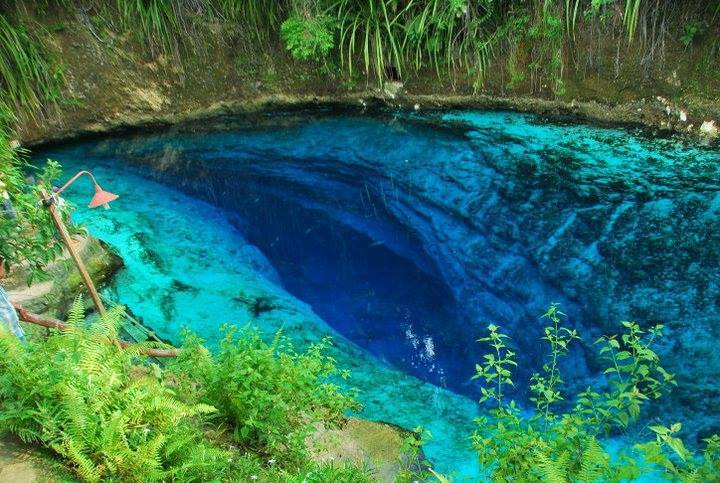
The World Economic Forum notes that travelers are seeking out “climate refuges” where conditions remain stable amid rising global heat (source).
These subtle, climate-resilient areas perfectly embody the spirit of climate-driven travel hotspots — places thriving not by accident, but because their weather offers relief.
4. Coastal Retreats with Natural Resilience
While some beaches face erosion and flooding, others are gaining popularity for their elevation and natural defenses. Cliff-lined coasts in Chile, northern Spain, and New Zealand are increasingly seen as safer alternatives to low-lying islands threatened by sea-level rise.
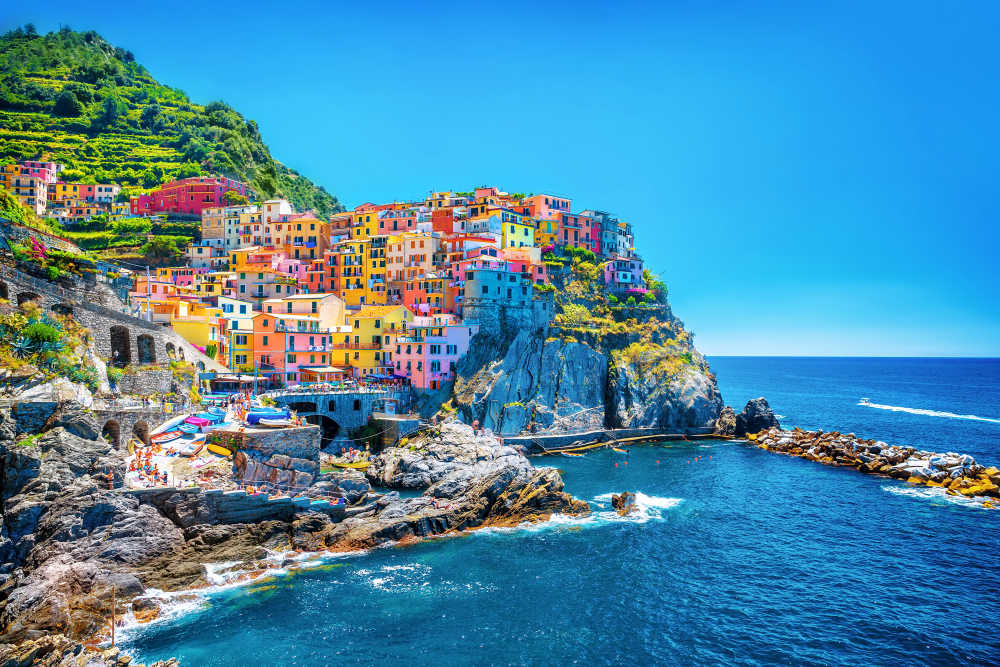
According to researchers at North Carolina State University, rising seas are forcing both developers and travelers to rethink coastal tourism models (source).
These elevated coastal gems are turning into climate-driven travel hotspots where visitors can enjoy the ocean’s beauty without its growing risks.
5. Shifting Travel Seasons and New Sweet Spots
The traditional calendar of “summer vacations” is evolving. Once-quiet spring and autumn months are now the best times to travel, as extreme heat makes midsummer less comfortable in many regions.

This seasonal shift shows how climate-driven travel hotspots aren’t defined by geography alone — they’re also about timing. Early May trips to Italy or September escapes to Greece are replacing July and August travel patterns.
As World Economic Forum reports, tourism boards are rebranding shoulder seasons as “climate-smart travel windows,” capitalizing on comfort and sustainability (source).
6. Traveler Behavior Is Changing with the Climate
Beyond weather itself, human psychology is evolving. Tourists are now factoring climate safety — avoiding wildfire zones, smoke seasons, and flood-prone regions — into their planning.

A study by Columbia Climate School found that climate anxiety directly affects how people choose destinations and activities (source).
In this context, climate-driven travel hotspots reflect not just environmental adaptation, but emotional reassurance: travelers crave predictability and peace amid global uncertainty.
7. Sustainable Tourism in Emerging Hotspots
The rise of climate-driven travel hotspots also poses ethical challenges. Overdevelopment can quickly erase the natural advantages that drew visitors in the first place.

Sustainability experts recommend several key practices:
-
Limit capacity: Set visitor caps during peak seasons to reduce strain.
-
Eco-friendly design: Use renewable energy, green roofs, and water recycling in tourist facilities.
-
Local partnerships: Ensure tourism revenue benefits residents, not just investors.
-
Climate adaptation: Plan for floods, wildfires, and shifting ecosystems.
If managed well, these regions can become models of regenerative tourism — balancing profit with preservation.
Case Studies: From Snow to Sunshine
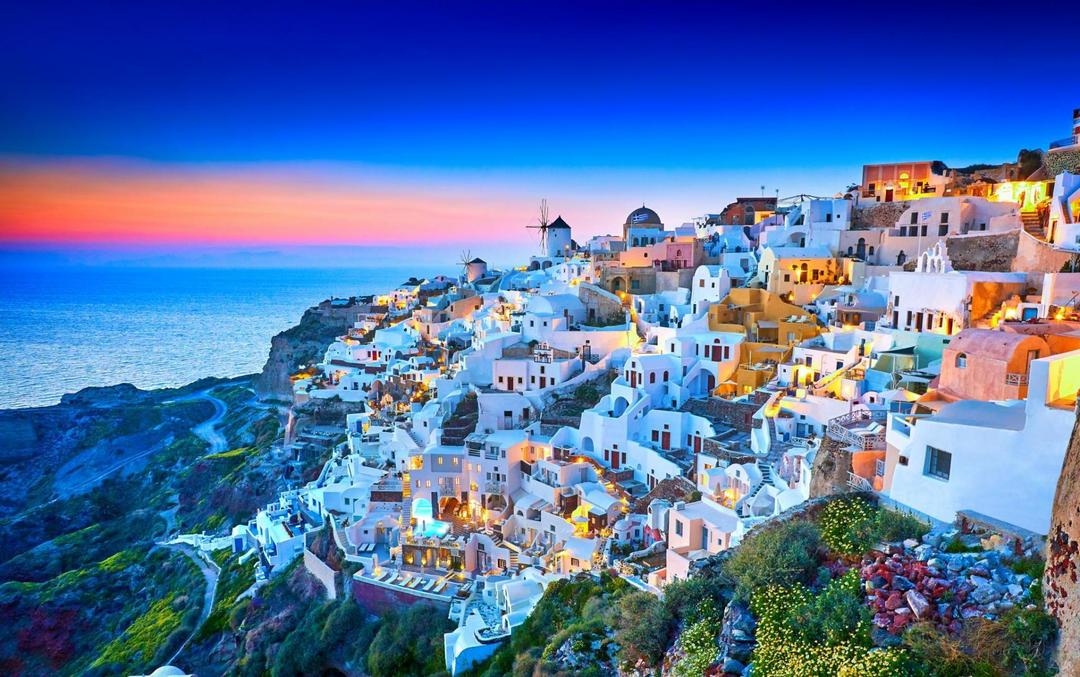
-
Lapland, Finland: Once a winter-only destination, it’s now a year-round retreat thanks to milder summers, creating a thriving climate-driven travel hotspot for nature and cultural tourism (source).
-
Eastern Europe: As Mediterranean countries grapple with heatwaves and wildfires, the Balkans and Baltic regions offer cooler alternatives — a clear case of climate-driven travel hotspots emerging in unexpected places.
-
Patagonia, Chile and Argentina: Once considered remote, the region’s milder summers and diverse ecosystems are turning it into South America’s next great sustainable travel destination.
Traveler Tips for Exploring Climate-Driven Destinations
-
Check climate data: Research weather trends and risks before booking.
-
Travel off-peak: Choose cooler months to reduce impact and crowding.
-
Choose green stays: Support eco-certified lodges and local operations.
-
Stay flexible: Adapt plans to changing weather conditions.
-
Respect the environment: Stick to trails, conserve water, and limit waste.
Following these steps ensures that travelers experience the benefits of climate-driven travel hotspots responsibly — preserving them for generations to come.
Conclusion: The Future Map of Travel
The climate is redrawing the world’s tourism blueprint. New favorites are rising where weather stability, elevation, and sustainability intersect. Understanding climate-driven travel hotspots helps travelers make more informed, climate-conscious choices — and encourages destinations to evolve responsibly.
From Lapland to the Andes, these places symbolize adaptation and opportunity. As travelers, we can help them grow wisely, celebrating not just where we go, but how we go.
Further Reading
-
World Economic Forum: How Rising Temperatures Impact Tourism
-
Columbia Climate School: Climate Change and the Future of Travel
-
NC State University: Climate Change Impacts on Tourism
